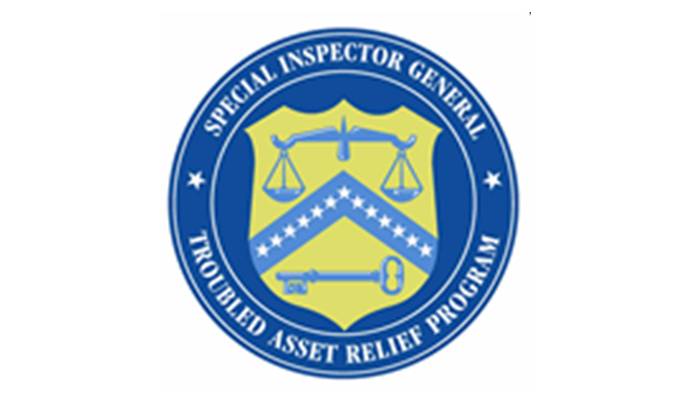Summary
When Congress created the Troubled Asset Relief Program (“TARP”) in 2008, it included some limits on compensation for employees at companies that received TARP assistance. After several major TARP recipients paid employees billions of dollars in bonuses for 2008, the President, the U.S. Department of the Treasury (“Treasury”), and Congress expressed frustration. The President announced the capping at $500,000 of annual salaries at companies that had received “exceptional assistance” under TARP, with any further compensation to be paid in stock that could not be cashed in until the company paid back TARP. After the President’s announcement, Congress passed legislation under which Treasury created the Office of the Special Master for TARP Executive Compensation (“OSM”). Kenneth R. Feinberg served as the Special Master and was succeeded by Patricia Geoghegan.
The seven companies that received assistance that was “exceptional” ‒ because of the amount and the nature of their bailouts ‒ stood out from the more than 700 financial institutions in the Capital Purchase Program. Those seven companies were American International Group, Inc. (“AIG”), Bank of America Corporation (“Bank of America”), Citigroup Inc. (“Citigroup”), Chrysler Financial Services Americas LLC (“Chrysler Financial”), Chrysler Holding LLC (“Chrysler”), General Motors Corporation (“GM”), and Ally Financial Inc.(“Ally”), formerly GMAC, Inc. The Special Master’s authority was narrowly limited to setting pay for the Top 25 most highly paid employees at these companies, and approving compensation structures, rather than individual pay, for the next 75 most highly compensated employees. The Special Master worked under six principles developed by Treasury: (1) avoiding incentives to take risks; (2) keeping the company competitive and retaining and recruiting employees who would contribute to the company’s success and its ability to repay TARP; (3) allocating compensation between salary and incentives; (4) basing pay on performance metrics; (5) setting compensation consistent with similar peers at similarly situated companies; and (6) setting compensation that reflects an employee’s contribution to the company’s value.
The Office of the Special Inspector General for the Troubled Asset Relief Program (“SIGTARP”) initiated this evaluation of the process designed by OSM to set pay packages and OSM’s decisions on compensation for the Top 25 employees at the companies that received exceptional assistance under TARP. Under this evaluation, SIGTARP assessed the criteria used by OSM to evaluate and make determinations on each company’s executive compensation and whether OSM consistently applied criteria to all seven companies.
Full report below…
~
4closureFraud.org
~


No Comment